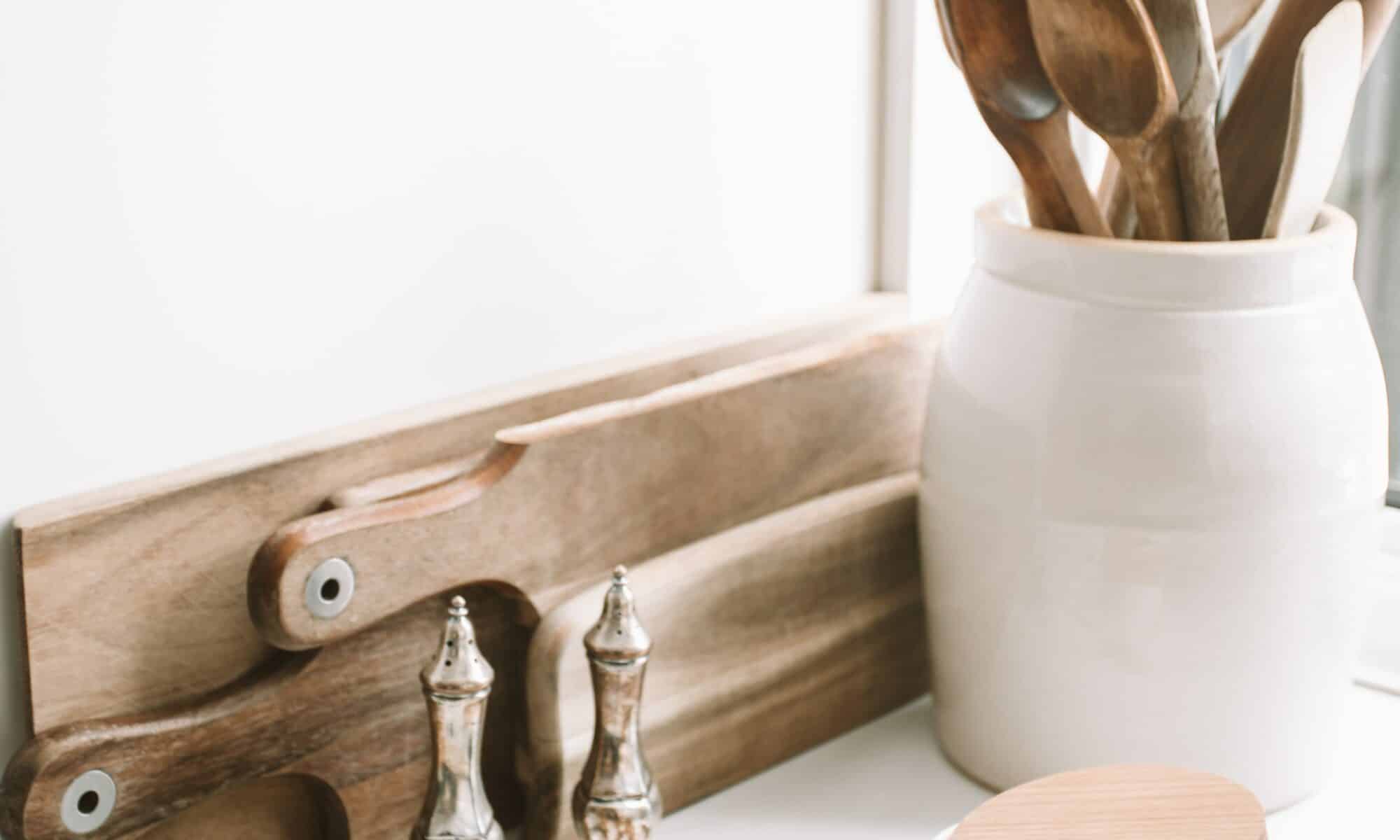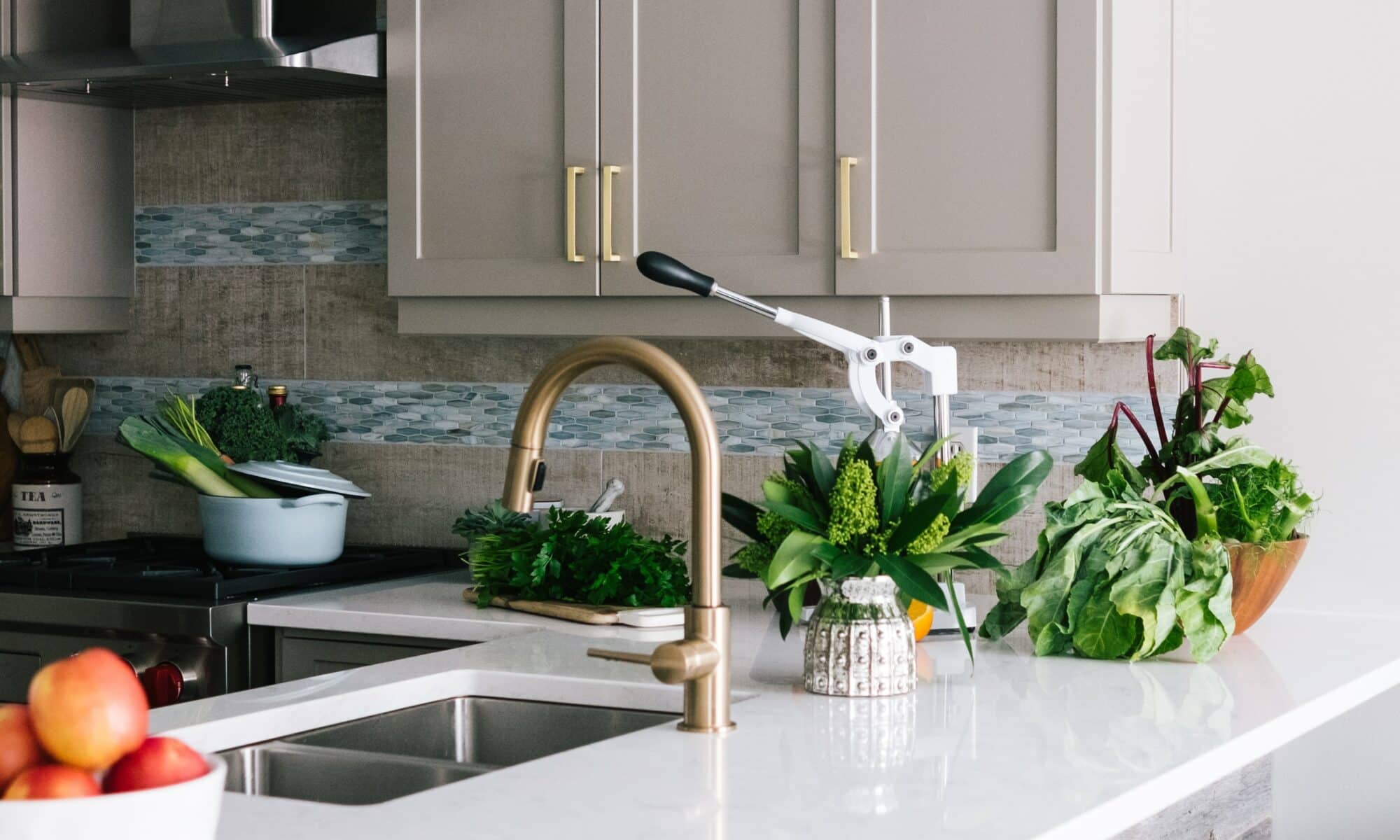Unleashing the Power of Paint
The transformative potential of paint is often overlooked, especially when it comes to home interiors. A fresh coat of paint can breathe new life into any space, creating a vibrant and refreshed atmosphere that reflects your personal style.
The Impact of a Kitchen Makeover
The kitchen, often referred to as the heart of the home, is a prime candidate for a paint-based makeover. A kitchen makeover can have a profound impact on the overall ambience of your home. Fresh, updated colors bring an inviting warmth to the space where family and friends often gather. The aesthetic improvements from a kitchen makeover can also add substantial value to your home, making it an investment worth considering.
Why Consider Painting Kitchen Cabinets?
Among the various components of a kitchen, cabinets are a major focal point. They occupy a significant amount of visual space and are key to the functionality of the kitchen. This makes them an excellent candidate for a paint job.
Painting kitchen cabinets is a cost-effective way to give your kitchen a new look without the hefty price tag of a full remodel. It’s a smart alternative to replacement, allowing for a substantial change without the need for major construction.
When it comes to painting kitchen cabinets, the possibilities are endless. With a palette of countless colors and finishes at your disposal, you can create a look that perfectly complements your home’s decor and your personal style.
Whether you’re aiming for a modern, minimalist look with sleek, monochrome cabinets or a more traditional style with richly colored wood tones, painting your cabinets allows you to fully customize the look and feel of your kitchen. For more on the power of paint and how it can transform your space, check out our painting and decorating articles.
Embracing the project of painting kitchen cabinets can make a world of difference in your kitchen’s aesthetic. It’s an affordable, accessible way to update your kitchen and add a personal touch. A well-planned paint job can turn a tired, outdated kitchen into a vibrant, inviting space, proving that sometimes, all it takes is a little paint.
The Smart Alternative: Painting Over Replacement
When it comes to revamping your kitchen cabinets, many people immediately consider a full replacement. However, painting your kitchen cabinets can be a smart alternative that offers significant benefits in terms of cost, time, and environmental impact.
Cost Analysis: Painting versus Replacement
In terms of cost, painting kitchen cabinets is considerably more economical than replacing them. As per industry estimates, the cost of replacing kitchen cabinets can range anywhere from $4,000 to $9,000, depending on the size of the kitchen and the quality of the cabinets. On the other hand, painting kitchen cabinets usually costs between $1,200 to $3,000, making it a far more affordable option.
| Cost Range (in USD) | |
|---|---|
| Cabinet Replacement | $4,000 – $9,000 |
| Cabinet Painting | $1,200 – $3,000 |
For a detailed breakdown of costs involved in a painting project, refer to our article 10 things you need to know before starting your painting project.
Time Considerations: Painting versus Replacement
When it comes to time, painting kitchen cabinets also wins out. The process of painting cabinets can take anywhere from a few days to a week, depending on the size of the kitchen and the complexity of the job. Conversely, a full cabinet replacement can take several weeks or even months to complete, causing significant disruption to your daily life.
| Time Required | |
|---|---|
| Cabinet Replacement | Several weeks to months |
| Cabinet Painting | Few days to a week |
For more tips on how to manage time efficiently during a painting project, visit our post on why quality paint is worth the price: an expert’s perspective.
Environmental Impact: Painting versus Replacement
Lastly, painting kitchen cabinets is a more environmentally friendly choice. Cabinet replacement often involves discarding old cabinets, which adds to landfill waste. Moreover, new cabinets typically involve the use of new materials and energy for manufacturing. On the other hand, painting reuses existing materials and requires significantly less energy, reducing the environmental footprint of your kitchen makeover.
| Environmental Impact | |
|---|---|
| Cabinet Replacement | High (adds to landfill waste, requires new materials and high energy for manufacturing) |
| Cabinet Painting | Low (reuses existing materials, requires less energy) |
For more insights into environmentally-friendly painting and decorating, refer to our article painting for health: using color psychology in design.
In conclusion, painting kitchen cabinets is a cost-effective, time-efficient, and eco-friendly alternative to cabinet replacement. It’s a smart way to give your kitchen a fresh, new look without breaking the bank or causing unnecessary disruption to your daily routine.
Preparing for Your Cabinet Transformation
Before you dive into painting your kitchen cabinets, it’s crucial to get everything in order. This includes selecting the right paint color, gathering all necessary tools and materials, and understanding the process for prepping your cabinets.
Choosing the Right Paint Color
Selecting the right paint color for your kitchen cabinets can have a dramatic impact on the overall look and feel of your kitchen. When considering color options, think about the overall design of your kitchen, including your countertops, appliances, and flooring. Neutral shades like white, gray, and beige are versatile and can complement a wide range of kitchen styles. For a more vibrant look, consider bold hues like blue, green, or even red. Check out our article on the top 7 interior home painting colors for 2023 for some inspiration.
Necessary Tools and Materials
To ensure a smooth painting project, you’ll need to gather some essential tools and materials. Here’s a quick checklist:
- Screwdriver (for removing cabinet doors and hardware)
- Sandpaper (for smoothing the surface)
- Primer (to prepare the cabinets for painting)
- High-quality paint (choose a semi-gloss or gloss finish for durability)
- Paintbrushes and rollers (for application)
- Painter’s tape (to protect surrounding areas)
Remember, quality materials are key to a professional-looking finish. For more information on why quality paint is worth the price, visit our article why quality paint is worth the price: an expert’s perspective.
Step-by-Step Preparation Guide
- Remove Cabinet Doors and Hardware: Using a screwdriver, remove the doors and hardware from your cabinets. Keep all screws and hardware in a safe place for reinstallation.
- Clean the Cabinets: Wipe down your cabinets with a mild detergent to remove any grease or grime. This step is crucial for ensuring the paint adheres properly.
- Sand the Cabinets: Use sandpaper to smooth any rough spots on your cabinets. This creates a better surface for the primer and paint to adhere to.
- Apply Primer: Once the cabinets are clean and smooth, apply a coat of primer. This helps to block any stains and provides a good base for your paint.
- Wait for the Primer to Dry: Before moving on to painting, wait for the primer to dry completely.
Remember, preparation is key when painting kitchen cabinets. By taking the time to prepare properly, you’ll set the stage for a successful transformation. For more tips and tricks, visit our guide on 10 things you need to know before starting your painting project.
Painting Your Kitchen Cabinets
Once you’ve decided to take the plunge and paint your kitchen cabinets, it’s time to arm yourself with the right knowledge and techniques to ensure a smooth and professional finish. Let’s delve into the process of cleaning and sanding, applying primer, and using effective painting techniques to transform your kitchen cabinets.
Cleaning and Sanding
Before anything else, it’s crucial to clean the cabinets thoroughly. Grease, dust, and grime can affect paint adhesion, leading to an uneven finish. A mixture of warm water and a mild detergent should do the trick. Once cleaned, let the cabinets dry fully.
Next comes the sanding process. Sanding helps create a surface that the primer and paint can adhere to effectively. Using a medium-grit sandpaper, lightly sand the surfaces you plan to paint. After sanding, wipe down the cabinets with a damp cloth to remove any residual dust.
Applying Primer
Primer serves as a base for the paint, enhancing its durability and vibrancy. It also helps to cover any stains or dark colors on the cabinets, ensuring a uniform finish. Apply the primer using a brush or a roller, and let it dry completely before moving to the next step. If you’re unsure about the type of primer to use, check out our article on painting and decorating for more information.
Painting Techniques for a Professional Finish
When it comes to painting kitchen cabinets, technique matters. Here are some tips to achieve a professional finish:
- Use thin coats of paint: Thick coats can lead to drips and uneven texture. Apply thin coats, letting each one dry fully before adding the next.
- Use a roller for large flat surfaces: A roller can cover large areas quickly and efficiently. For smaller sections and intricate details, use a brush.
- Paint in the direction of the wood grain: This ensures a smooth finish and minimizes visible brush strokes.
- Give ample drying time: Patience is key. Rushing the drying process could result in chipping and peeling.
Through careful preparation and the right techniques, painting kitchen cabinets can be a rewarding DIY project. It’s an affordable way to breathe new life into your kitchen, without the need for complete replacement or costly renovations. For more painting and decorating tips, explore our range of articles.
Care and Maintenance of Painted Cabinets
Once you’ve transformed your kitchen by painting your cabinets, it’s essential to know how to maintain them properly. With the right care and attention, your painted cabinets can continue to look great for years to come.
Keeping Your Cabinets Looking New
Ensuring your cabinets stay looking fresh and vibrant is all about regular maintenance. Wipe them down frequently with a soft cloth to prevent dirt and grease from building up. Avoid using abrasive cleaners, which can scratch the paint and dull the finish.
It’s also important to touch up the paint as needed. Over time, the paint may fade due to exposure to sunlight or wear down due to frequent use. Regular touch-ups can help maintain the fresh, newly painted look of your cabinets.
For more tips on maintaining the look of your painted surfaces, check out our article on how often should you repaint your home and why?
Addressing Chips and Scratches
Even with the best care, chips and scratches can occur. When they do, it’s important to address them promptly to prevent them from getting worse. Lightly sand the affected area, then apply a fresh coat of paint. If the chip or scratch is deep, you may need to use a wood filler before painting.
For more detailed information on how to tackle chips and scratches, visit 10 things you need to know before starting your painting project.
Regular Cleaning and Care Tips
Regular cleaning is vital for maintaining the appearance and functionality of your painted cabinets. Use a mild, non-abrasive cleaner and a soft cloth to wipe down the cabinets. Avoid using excessive water, which can seep into the wood and cause damage.
In addition to regular cleaning, it’s important to be mindful of the items you place in your cabinets. Heavy items can cause the shelves to sag over time, while sharp objects can scratch the painted surface.
Remember, keeping your painted cabinets looking new doesn’t have to be a chore. With regular care and maintenance, your kitchen can continue to shine with the beauty of fresh paint. For more tips and tricks on painting and decorating, check out our other articles on painting and decorating.



